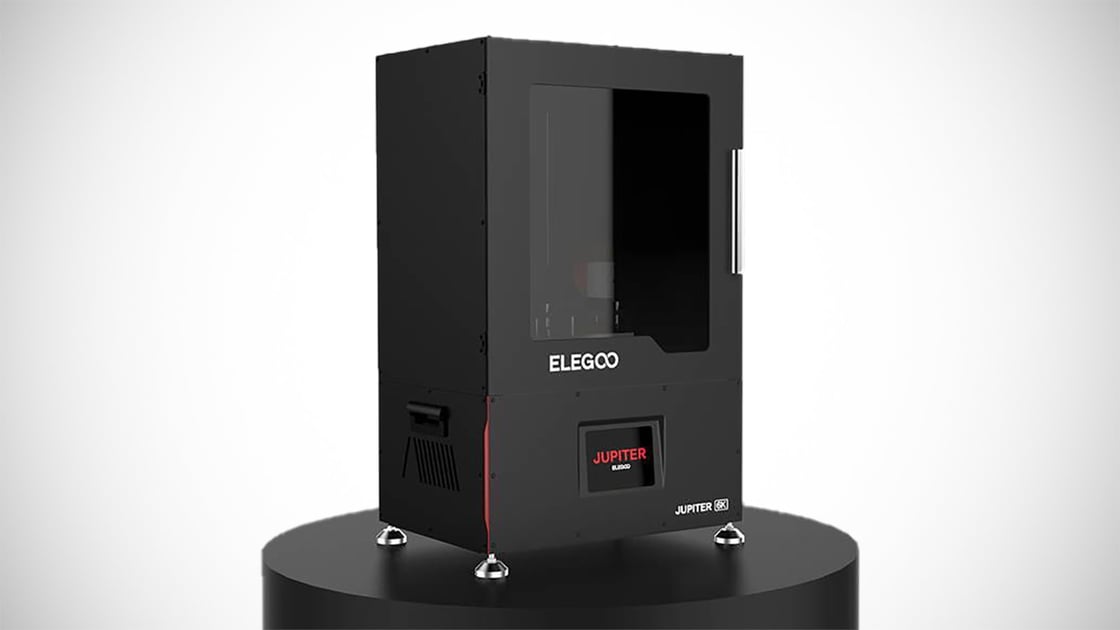On another thread, I did calculations on the pixel density of some printers.
Anycubic Photon
The build area X&Y is 115x65mm which is 7475mm squared per layer.
The screen resolution is 2560x1440 which is 386400 pixels.
This means that each square mm gets about 493.2 pixels.
Anycubic Photon Mono X
The build area X&Y is 192x120 which is 23040mm squared per layer.
The screen resolution is 3840x2400 which is 9216000 pixels.
This means that each square mm gets 400 pixels.
The Elegoo Jupiter looks like it has even less of a density.
The build area X&Y is 277x156 which is 43212mm squared per layer.
The screen resolution is 5448 x 3064 which is 16692672 pixels.
This means that each square mm get 386 pixels.
I know they talk about pixel pitch and stuff like that, but I don't think the above math lies.
TazMan2000
Keep in mind that doubling your pixels per square mm only gives you a 50% increase in linear resolution, which will determine what the minimum feature size you can resolve is. For that reason, I find pixel pitch more useful. It's more complicated than that of course, because of light bleed and exposure impacts on the actual voxel size, but it's a good start.

Bottom line is you'll get great results on any of these printers and for me it comes down to build volume vs. cost, customer service, and other factors.
Elegoo is listing the pixel pitch as 51um on the Jupiter
Saturn (4K) and Mars 2 Pro (2K) are 50um
Anycubic Photon Mono X (4K) has the same screen as the Saturn, so the same 50um pixel pitch.
Photon Mono is back up at 51um
Mars 3 Ultra (4K) is 35um
If I hadn't already bought a Saturn, I'd be perfectly happy with the resolution on the Jupiter as a trade off for a much larger build volume.

 www.elegoo.com
www.elegoo.com


